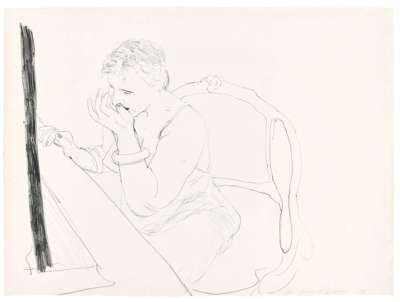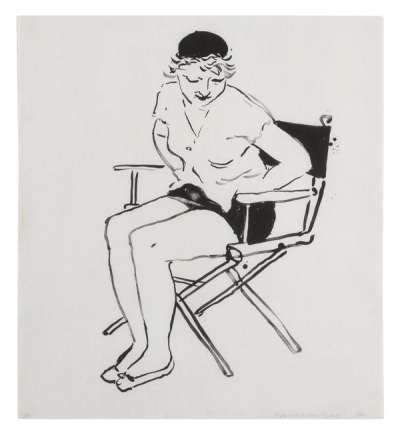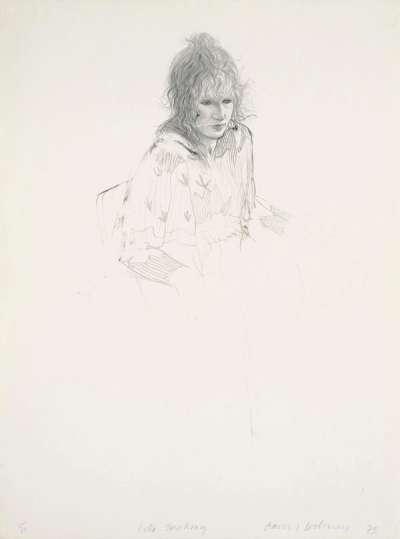
An Image Of Celia (State I)

An Image Of Celia (State I)
Signed Print
David Hockney
£130,000-£200,000Value Indicator
$270,000-$420,000 Value Indicator
$240,000-$360,000 Value Indicator
¥1,240,000-¥1,900,000 Value Indicator
€150,000-€230,000 Value Indicator
$1,320,000-$2,020,000 Value Indicator
¥24,350,000-¥37,470,000 Value Indicator
$170,000-$260,000 Value Indicator
AAGR (5 years) This estimate blends recent public auction records with our own private sale data and network demand.
There aren't enough data points on this work for a comprehensive result. Please speak to a specialist by making an enquiry.
Medium: Lithograph
Edition size: 10
Year: 1986
Size: H 126cm x W 99cm
Signed: Yes
Format: Signed Print
TradingFloor
Track this artwork in realtime
Watch artwork, manage valuations, track your portfolio and return against your collection
Track auction value trend
Auction Results
| Auction Date | Auction House | Location | Hammer Price | Return to Seller | Buyer Paid |
|---|---|---|---|---|---|
| April 2025 | Bonhams Los Angeles | United States | |||
| October 2024 | Sotheby's New York | United States | |||
| October 2023 | Christie's New York | United States | |||
| April 1996 | Christie's New York | United States |
Meaning & Analysis
Depicting the famous textile and fashion designer Celia Birtwell in a recognizably Cubist vein, An Image Of Celia (State I) (1986) is a signed lithograph print by David Hockney, attesting to the artist’s lifelong dialogue with the work of Pablo Picasso. The work presents Celia Birtwell who became the icon of Hockney’s portraits in the 1980s and features in over thirty of his prints. As part of the printmaking process, Hockney used sixteen Mylar sheets for drawing in colours. The sheets were subsequently turned into plates, on which the artist depicted Celia Birtwell in two positions on an upholstered chair.
The fine and realistic detail characterising Hockney’s early portraits is replaced here by simplistic, abstract forms: oval eyes and outsized mouth extend beyond the facial contours of the woman on the left side, invoking the aesthetics of the 1980s Vogue covers. The playful composition with its two intertwined figures at the centre of the print mediates a sense of movement, urging the viewer to imagine how the sitter changes her position from erect to reclining.
What appears to be the element of the central figure’s attire simultaneously represents a part of another figure’s body. As such, the two female figures at the centre of the print blend with one another, reflecting Hockney’s penchant for experimenting with the optical perspective and the continued search for more dynamic ways of seeing.



















